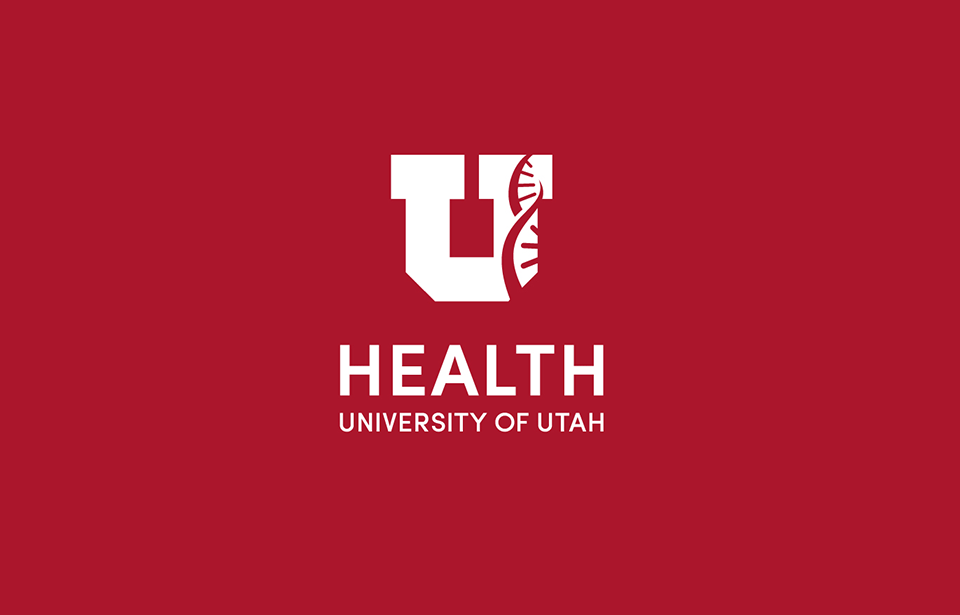
Am I at Risk for Thoracic Aortic Aneurysm?
The aorta is the largest artery in the human body, supplying branches to all organs and tissues of the body. It has a thick wall of muscle and elastic fibers that allows it to expand and contract with each heartbeat. Due to its size, the aorta bears the brunt of a heartbeat, which can put it under a lot of stress.
Sometimes, an aneurysm can develop in the aorta. An aneurysm is the ballooning in the wall of a blood vessel, reaching 1.5x its normal diameter. When an aneurysm occurs in the chest, it’s called a thoracic aortic aneurysm (TAA). If it occurs below the chest, it’s called an abdominal aortic aneurysm.
A thoracic aortic aneurysm can occur in one of the four anatomic sections of the aorta:
- The aortic root is a complex system that includes the aortic valve that exits the heart and includes the openings to the coronary arteries. If the aortic root enlarges, there is a chance it can pull open the aortic valve and cause blood leakage into the heart. Aortic root aneurysms are often related to genetic syndromes or connected tissue disorders such as Marfan syndrome, Ehlers-Danlos syndrome, or the like.
- The ascending aorta emerges from the top of the aortic root.
- The aortic arch is part of the aorta at the top of the chest that arches and turns downwards. There are several important branches that arise from the aortic arch, including the carotid arteries that supply the brain. If the ascending aorta or aortic arch are affected, then the aortic root may or may not be involved.
- The descending aorta is located in the back of the chest cavity. If an aortic aneurysm occurs in the descending aorta and it extends into the abdomen, then it is called a thoracoabdominal aneurysm.
What Are the Causes of TAA?
The most common causes include:
- Genetic predisposition can lead to aneurysm formation, which can run in families. This can cause aneurysm at a young age. Relatives of patients with TAA should also be screened for this disease.
- Age-related weakening in the aorta that develops over time. People over the age of 65 are at the highest risk of developing this disease.
- Smoking or other tobacco use.
- High blood pressure, which can strain the walls of the aorta.
- Plaque build-up in your arteries, which can damage the lining of the blood vessels.
How to Screen for TAA
Many patients who have a thoracic aortic aneurysm will not have any noticeable symptoms initially. Depending on the size of the aneurysm, they may never experience any symptoms. In fact, for many people, the diagnosis of a TAA comes as a result of an imaging study, such as a CT scan, MRI, or echocardiogram, during evaluation for something else.
In some cases, these imaging studies may be part of a preventive care plan or regular screening if you have a family member with a history of heart issues. In many cases, however, finding a thoracic aortic aneurysm comes as a surprise. Or you may never get a TAA diagnosis before you experience symptoms related to TAA, at which point it will likely need urgent repair.
If you are diagnosed in advance, a radiologist or cardiologist may notice a bulging area somewhere along the aorta. In situations where the bulge is small or not growing very fast, your cardiovascular specialist may simply recommend monitoring and screening rather than surgery.
In cases where the bulge is large, growing rapidly, or other potential risk factors (such as family history) exist, your specialist may recommend surgery. Each patient should see an aortic specialist to create a personalized treatment plan.
Treatments for TAA
The main treatments for thoracic aortic aneurysm include medical therapy such as blood pressure medications or surgery. Surgery will typically be either open surgery, performed in the chest through a sternotomy incision (like open heart surgery), or endovascular (stent graft) treatments for TAA.
Treatment decisions are made for each individual based on what best fits their needs. A recommended treatment plan is based on many factors, including:
- Overall health and medical history
- Family history or genetic testing
- Age
- Size, location, and severity of the aneurysm
- Symptoms you are experiencing
- Ability to tolerate medications or other therapies
Something to Remember
TAA is a chronic, lifelong disease that requires management, surveillance, and sometimes treatment and intervention. The Aortic Disease Program at University of Utah Health has the capability to find the right treatment and care for you if you are suffering from TAA.
Need to see an aortic specialist? Ask to get a referral from your primary care doctor or search through our directory of aortic specialists yourself. Once you have a referral and made an appointment, you can prepare for your appointment by:
- Letting your insurance know you have an appointment and reviewing your insurance coverage.
- Having a copy of your medical history ready.
- Bringing copies of any imaging studies or reports from prior testing.
- An Aortic Disease Program team member will contact you to discuss your visit and help answer any questions you might have.
Aortic Disease Treatment from the Aortic Disease Program
We deliver a collaborative approach to aortic care that ensures every patient journey, from the first appointment to rehabilitation, is expertly managed.



